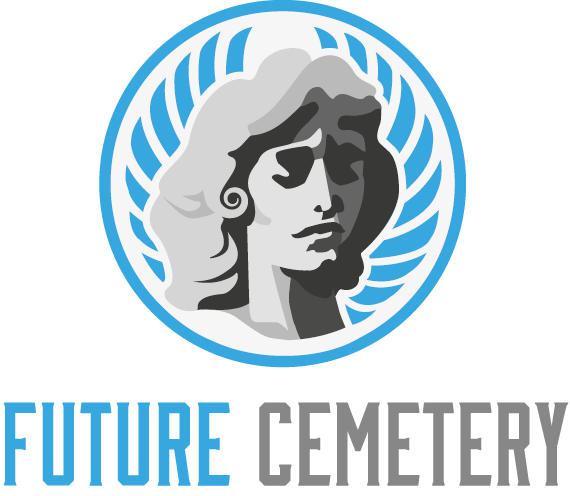A morgue is an area within a hospital or medical center where bodies are stored, typically temporarily, while they await identification, autopsy or other arrangements. Unlike funeral homes, mortuaries don’t have chapels or viewing rooms.
The photo above shows a standard white mortuary tray. Below that are two milk creates and a cabinet with embalming tools.
Preparation and Embalming Area
Before embalming begins, a body is inspected from head to toe. Embalmers wash the body with disinfectant, shave it (if needed) and relieve limb stiffness. They also can set facial features.
Whether or not the body is embalmed, it will eventually decompose. This is visible through changes in the appearance of the remains, odor and other physical signs. Embalming delays this natural process, allowing funeral services to take place and permitting the remains to be transported over long distances for burial or cremation.
Embalming involves replacing the body’s blood with preservative fluids, commonly formaldehyde-based chemicals. First comes arterial embalming, in which the embalmer injects a mixture of chemicals into the body’s arteries. This is followed by cavity embalming, in which the embalmer drains and replaces internal organs’ and cavities’ fluids. Then the embalmer will add a mixture of chemicals to the veins and lymph nodes. The body is then washed, dressed and prepared for visitation or service.
Coffin Trays
A standard white mortuary tray is where bodies are kept and prepared until they are placed into a casket. Notice the red ‘head block’ used to keep the head above the chest to prevent purging. Also note the special sink which looks more like a toilet and is used to drain blood and fluids during embalming. Below that is the autoclave, used to sterilise tools.
A casket is a tapered hexagonal or octagonal box that is typically anthropoidal in shape, wider on the top than at the bottom, with a split lid for viewing. A similar receptacle for cremated remains is called an urn.
Under federal regulations, funeral homes cannot refuse families a casket they purchase from another source (such as Costco or Wal-Mart). However, they can add extra charges for services rendered. They must also clearly itemize their charges on a bill. For this reason, many funeral homes have a purpose-built casket for rent.
Makeup Cabinets
While there are makeup products specifically formulated for embalming purposes, many mortuary cosmetologists use regular cosmetics. “Sometimes a family member will give [a desairologist] their own makeup they used while they were alive, which can help them look more like themselves,” says Taylor.
Desairologists also paint the deceased person’s nails. They do this because a dead person’s nails turn a pale grey or white shade after death and painting them helps keep the “peacefully asleep” aesthetic. They may also paint a dead person’s lips, depending on what the family has requested.
In addition to lip liner and lipstick, a mortuary cosmetologist might also need blush and highlighter. “Nobody has one shade of red or pink cheeks, so I brush on a bunch of colors to create that natural-looking rosiness,” Hollis says. She blends everything out with a Beautyblender to avoid cakey-looking face makeup. She also uses a lot of concealer to cover dark circles, pimples, or other skin conditions.
